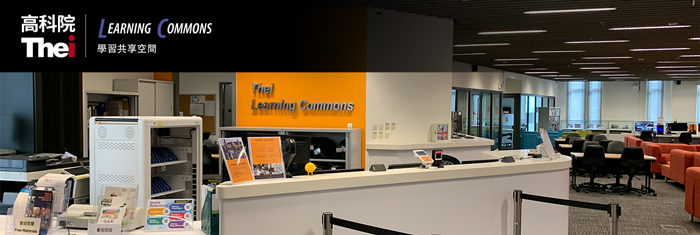Design an Online Class
How to ensure a student's success
Presence, Attention, Engagement, Deep Learning
Special Features of Digital Learning
- Multimedia (Visual/Audio impact)
- Interaction (Engagement, checking for understanding)
- Community (Social learning)
- Capture student's learning progress
- Encourage collaboration, peer learning
- Tools: Moodle (LMS) + Teams (Video Conferencing)
- Collaboration tool
- Questions and Doubts: discipline, online assessment, cheating and conduct, presence, engaged, interact, respond, emotional support, different learning styles, access,
Deep Learning
A comparison of the deep learning of knowledge versus traditional classroom practices (instructionism) based on findings from cognitive science is best summarized by Sawyer (2014, p.5) as follows.
- Deep learning requires learners to relate new ideas and concepts to previous knowledge and experience, whereas in traditional classroom practices, learners treat course material as being unrelated to what they already know.
- Deep learning requires learners to integrate their knowledge into interrelated conceptual systems, whereas in traditional classroom practices, learners treat course material as disconnected bits of knowledge.
- Deep learning requires learners to look for patterns and underlying principles, whereas in traditional classroom practices, learners memorize facts and carry out procedures without understanding how or why.
- Deep learning requires learners to evaluate new ideas and relate them to conclusions, whereas in traditional classroom practices, learners have difficulty making sense of new ideas that are different from what they encountered in the textbook.
- Deep learning requires learners to understand the process of dialogue through which knowledge is created and to examine the logic of an argument critically, whereas, in traditional classroom practices, learners treat facts and procedures as static knowledge handed down from an all-knowing authority.
- Deep learning requires learners to reflect on their own understanding and their own process of learning, whereas in traditional classroom practices, learners memorize without reflecting on the purpose of learning or on their own learning strategies.
Models of Teaching
Personal: promote the pursuit of personal growth, with clear goals, self-awareness and self-confidence so that learners are more motivated and engaged to achieve deep learning
- development, reflect, self, experience, goals, motivation, needs, values, cultures, styles, professional, personal, perceptions, attitudes, beliefs, efficacy, placement, playing, confidence, enjoyment, growth, identity, emotions
Social: cultivate the environment or structure for social interaction among peer learners to achieve deep learning
- group, discussions, project, support, community, social, collaboration, peer, help, team, sharing, dialogue, connection, cooperative, constructivist, guidance, partners
Behavioural: promote a structured system or environment to provide feedback to adjust behaviour to achieve deep learning
- assessment, practices, scores/grades/marks, test/exam, evaluation, online, technology, feedback, environment, systems, interactive, responses, tutoring, game, behaviour, memory/recall/retention, adaptive, simulations, stimulate, assignments, intervention, flexible, tutorial, multimedia
Information Processing: ways to develop scientific inquiry and systematic thinking to solve problems in order to achieve deep learning
- questioning, critical, cognitive, thinking, solving, construct, conceptual, competence, inquiry, scientific
A Sample Moodle Section
Unit 4 Before the class
- References website URL
- References paper download
- Review discussion questions before the class
- Review quiz before the class
During the class
- Teams online teaching class
- Lecture Notes Courseware (viewed only on Moodle)
- Lecture Notes ppt/doc download
- In-class group discussion forum on review discussion questions
- Presentation by group (Use t-account, create a shared folder in OneDrive, create any folder or files inside will be shared))(upload ppt to Moodle)(Present at Teams, file sharing for ppt)
- Review Assignment
- In-class Quiz
- Review Assignment
- Mid-semester Test
- Review Assignment 2
After the class
- Homework
- Create a weblog for individual student to write a week diary of what they learn
- Quiz: capture performance, scores, in order to prepare learning material to narrow the gaps
References
- Joyce, B., Weil, M., & Calhoun, E. (2015). Models of teaching (9th ed.). Upper Saddle River, NJ: Pearson.
- Ma, W. W. K. (accepted, forthcoming). Effective learning through deep learning, what matters: Self, others, way of thinking, and/or design of learning environment? In W.W.K. Ma et al. (Eds.), Learning Environment and Design: Current and Future Impacts. Singapore: Springer. [1]
- Sawyer, R. K. (Ed.) (2014). The Cambridge handbook of learning sciences (2nd ed.). New York, NY: Cambridge University Press.
Other Resources

 (852)3890 8026
(852)3890 8026
























